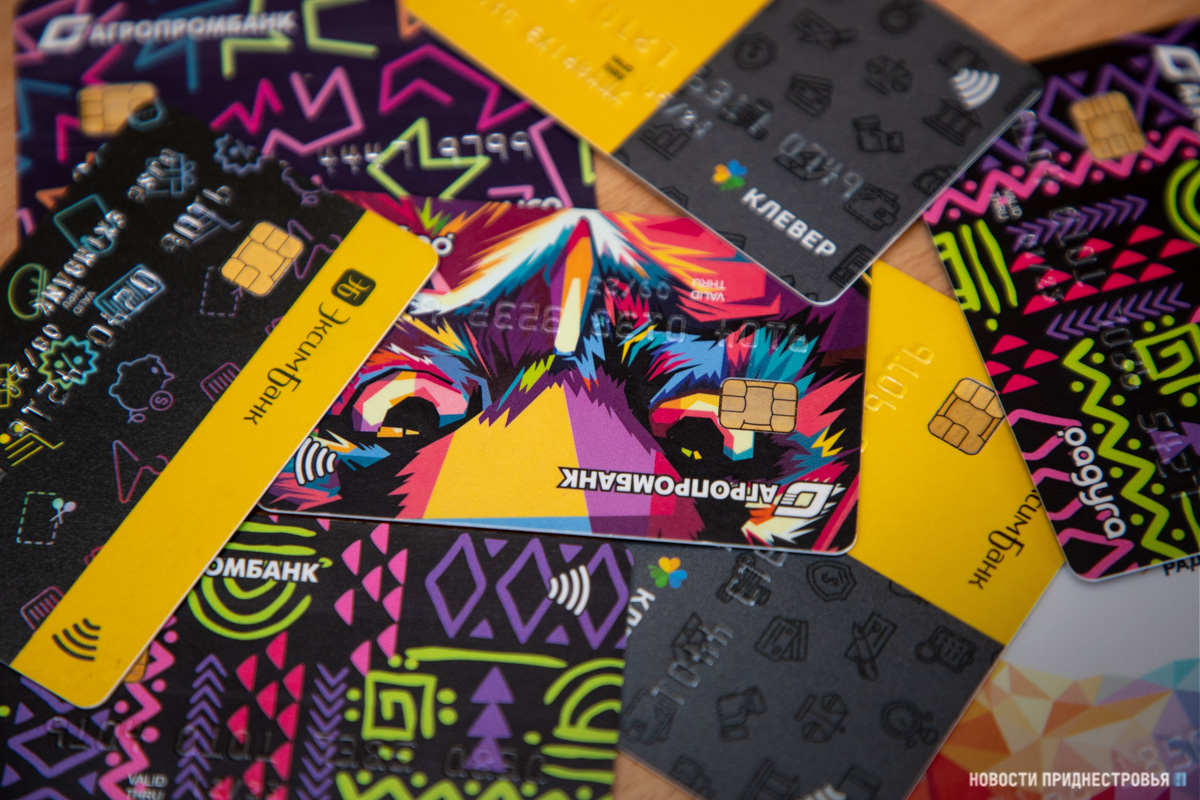Tiraspol, September 10. /Novosti Pridnestrovya/. The population and business entities` demand in cash for making payments has been decreasing in Pridnestrovie in recent years. In 2020, the cash ratio of the money supply was at its lowest level over the past 10 years - 32.3%. In August this year, it amounted to 30.6%.
The Pridnestrovian Republican Bank (PRB) associates this with the strengthening of customer confidence in banks, with the growing attractiveness of non-cash payment instruments, as well as with the reduction of the shadow market.
Rather rapid growth rates of population demand for payment cards are observed in the republic. Accordingly, the number of operations performed with their help has increased.
“The number of non-cash payment transactions for goods, works and services at the end of 2020 amounted to 14.2 million units for a total amount of 1.93 billion rubles, while in 2013 these figures did not exceed 2.4 million units and 470.2 million rubles," noted in the PRB Bulletin.
At the same time, cash continues to play a significant role in payments, and, according to the Pridnestrovian Central Bank forecasts, the demand for it will not fundamentally decrease in the next 10 years. This is due to the "cash" characteristics, such as promptness in payments, anonymity and attractiveness as a reserve store of value.
At the end of 2020, there were more than 174 million PRB banknotes in circulation in Pridnestrovie for a total of almost 1.8 billion rubles. Of these, 29 million were banknotes, almost 138 million were divisional coins, 2.2 million were coins made of composite materials. As of January 1, 2021, there were 62 banknotes and 296 divisional coins for each resident of the republic.
According to the PRB analysts, when receiving their wages on the card, people cash out most of the funds (on average about 3/4). However, statistics show that the citizens` priorities and habits are gradually changing towards modern non-cash payment methods, which is supported, among other things, by an increase in financial accessibility on the part of banks and retail.








